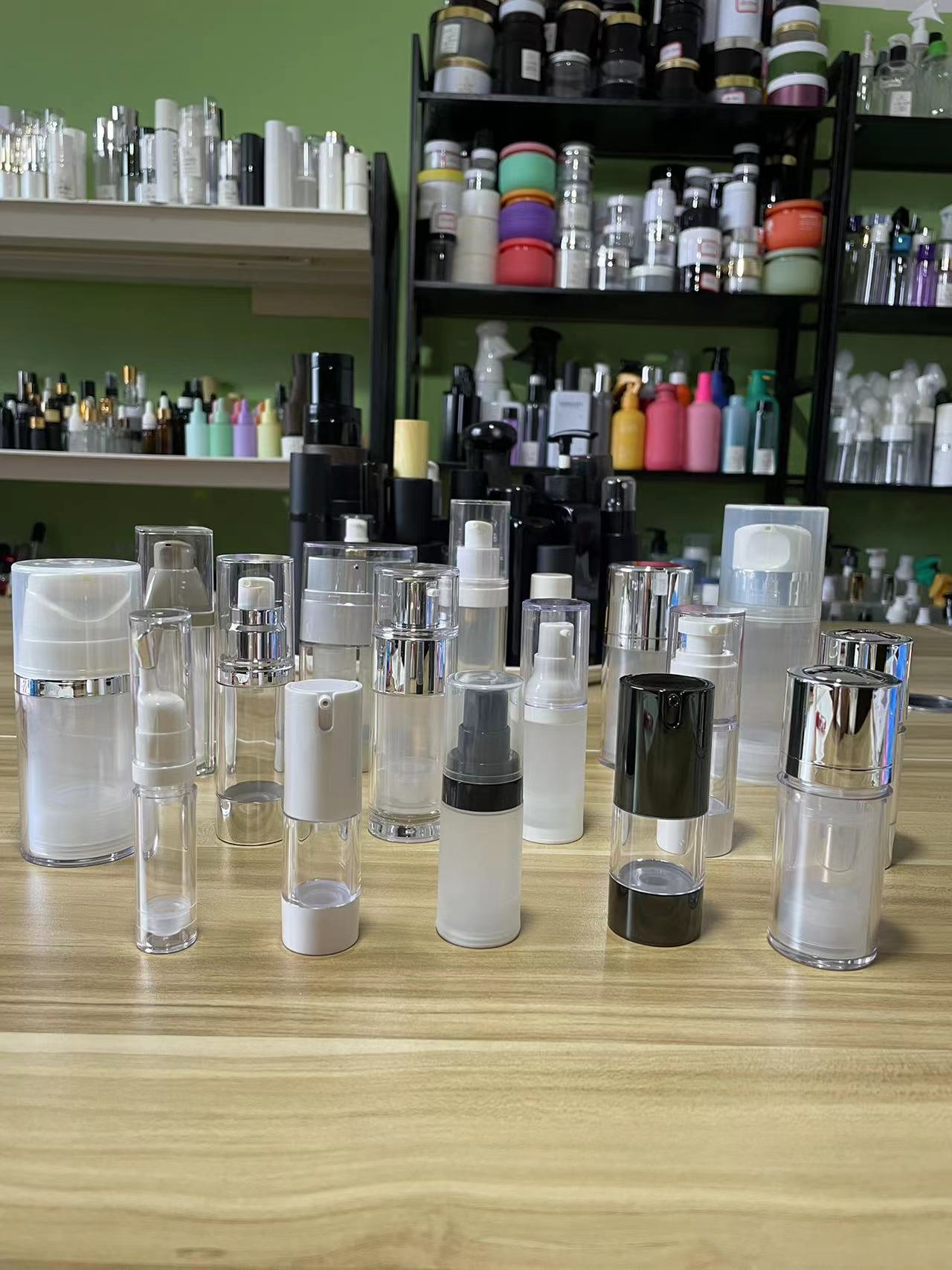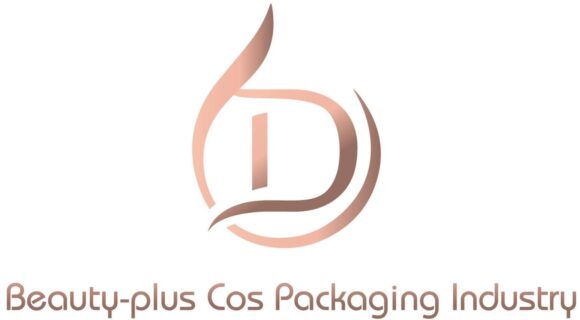
Airless bottles are no longer a niche—they’ve become a must-have in modern skincare and cosmetics. But did you know most airless packaging isn’t made from a single plastic?
In fact, airless bottles1 are usually composed of multiple materials carefully engineered to maintain airtight performance, compatibility with formulas, and long shelf life.
In this article, we explore what makes airless systems so effective and why multi-material packaging is the key behind them.
What Is an Airless Bottle?
An airless bottle is a non-pressurized dispensing system that uses a vacuum mechanism to push product upward as the pump is activated. It contains no straw or dip tube, unlike traditional pumps.
This design:
- Prevents air from entering the container
- Minimizes oxidation and bacterial growth
- Increases product shelf life
- Improves dosage precision and reduces waste
They're often used for serums, foundations, sunscreens, and anti-aging creams.
What Materials Are Used in Airless Bottles?
Unlike single-material packaging like PE tubes or PET bottles, airless bottles combine various plastics and components, such as:
| Component | Common Material Used | Why It’s Used |
|---|---|---|
| Outer bottle | AS or PETG2 | Transparency and gloss |
| Inner bottle | PP3 | Chemical stability and low reactivity |
| Pump mechanism | POM or ABS4 | Mechanical strength and smooth motion |
| Spring | Stainless steel | Flexibility and resilience |
| Gasket/seal | Silicone or TPE5 | Airtight sealing and elasticity |
Each component must be carefully selected to prevent interaction with the formula and ensure long-term reliability.
Benefits of Multi-Material Packaging
While multi-material packaging may seem complex, it’s often the only way to achieve:
- Vacuum-tight seals
- Controlled, hygienic dispensing
- Protection from air and light
- High-end aesthetic appeal
Studies show6 that airless packaging significantly improves preservation of active ingredients—especially antioxidants, retinol, and peptides.
Drawbacks and Sustainability Concerns
Multi-material packaging is harder to recycle, especially when components are fused or not easily separated.
Key challenges include:
- Not curbside recyclable
- Requires manual disassembly (rarely done by consumers)
- Incompatible materials may contaminate recycling streams
Some brands are investing in eco-friendly airless designs7 using mono-material PP or refillable options to reduce waste.
When Should You Use Airless Packaging?
Airless bottles are ideal if your product:
- Contains oxygen-sensitive ingredients
- Needs to be applied with precision
- Is positioned as premium or clinical skincare
- Benefits from less formula waste per use
They are especially popular in anti-aging, brightening, and dermatologist-tested product lines.
Final Thoughts
Airless bottles represent the future of advanced cosmetic packaging—where performance, hygiene, and user experience meet.
While they come with recyclability challenges, ongoing innovation in multi-material design and material simplification may soon close the loop.
Looking to balance sustainability with aesthetics? Don’t miss our next article: What Is PCR Plastic and Why Are Brands Switching to It?
-
Airless bottles use a vacuum-based system to dispense product without letting air enter, improving formula preservation. ↩
-
PETG or AS outer shells provide transparency and durability for upscale appearance in airless designs. ↩
-
PP inner bottles are chemically stable and help prevent formula degradation over time. ↩
-
ABS or POM are used for precision pump parts due to their strength and mold accuracy. ↩
-
TPE or silicone gaskets create airtight seals that protect formulas from oxidation and contamination. ↩
-
Airless systems significantly extend shelf life of active ingredients by preventing exposure to air and light. ↩
-
Several manufacturers now offer mono-material or refillable airless options to address recyclability concerns. ↩

